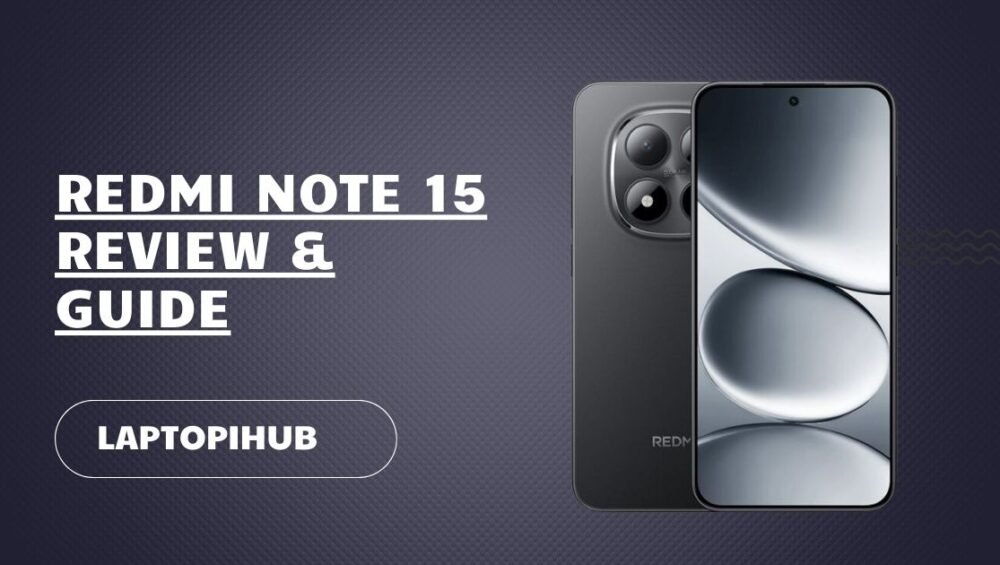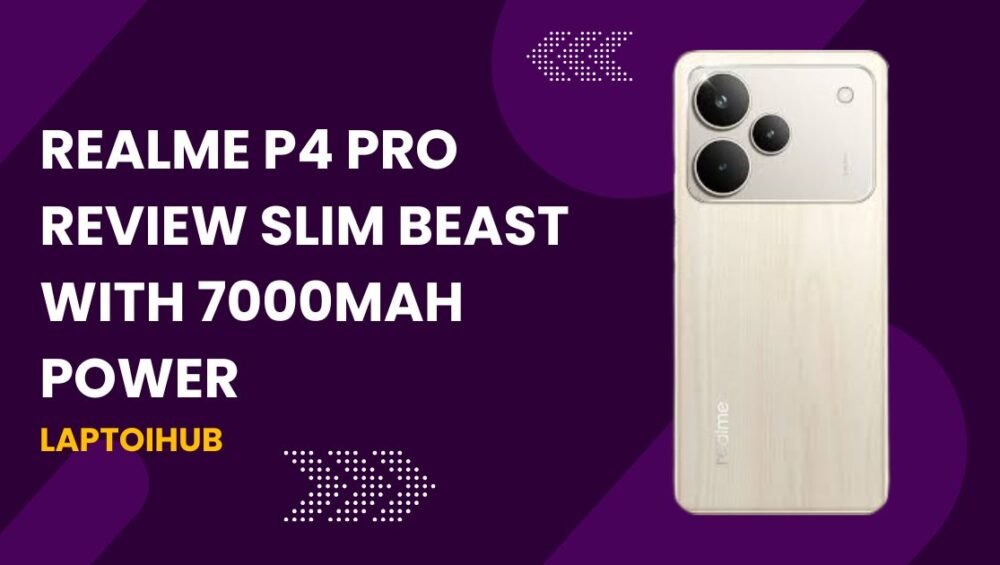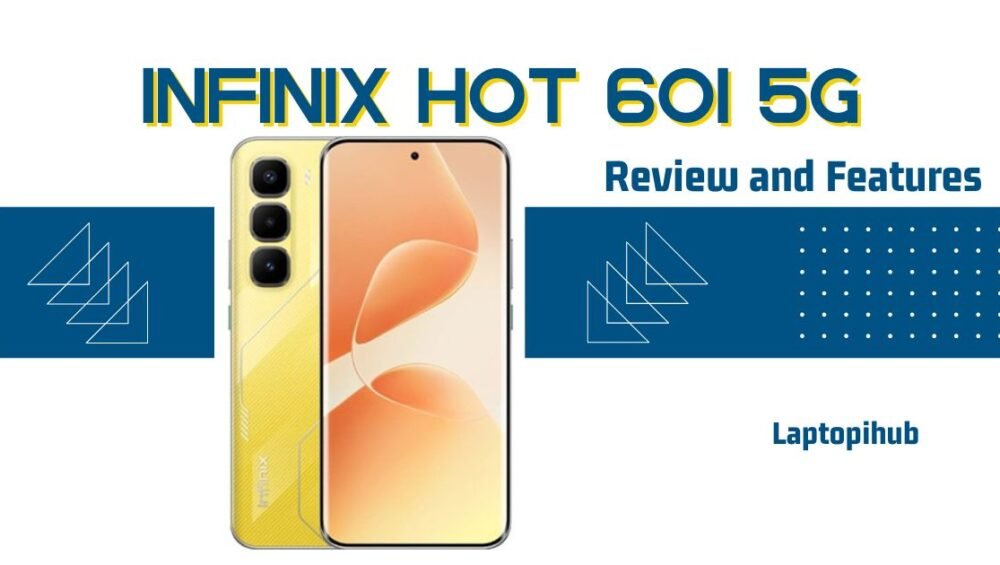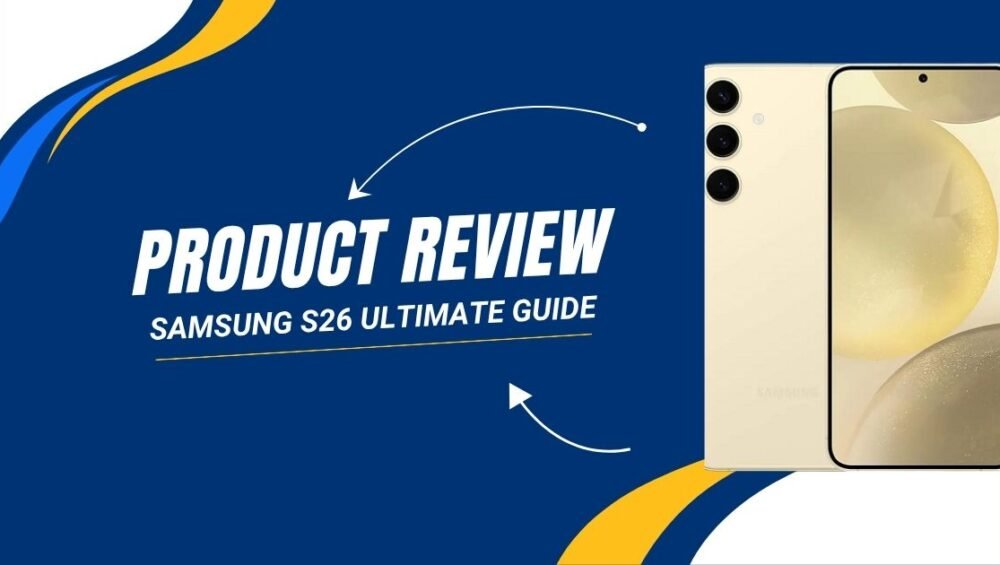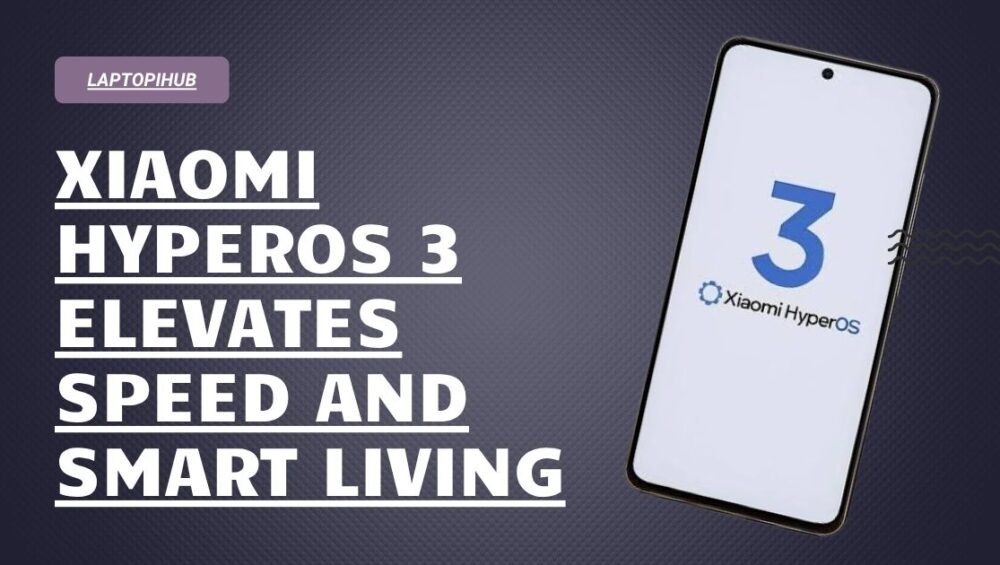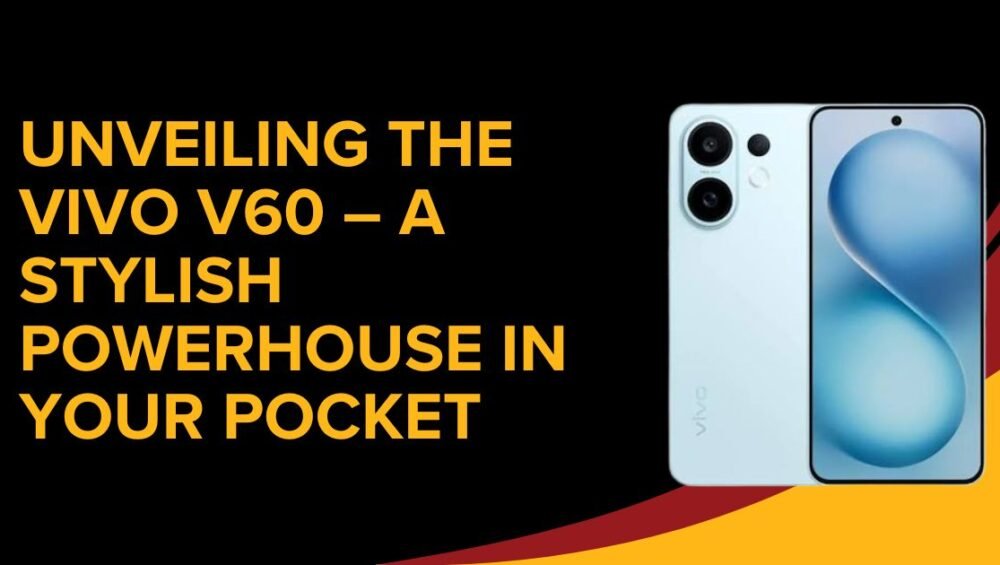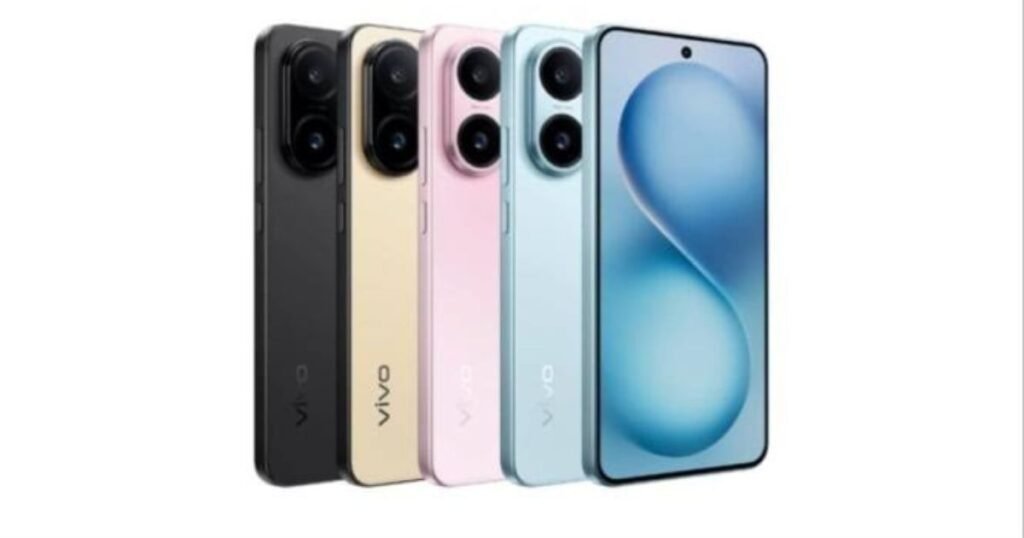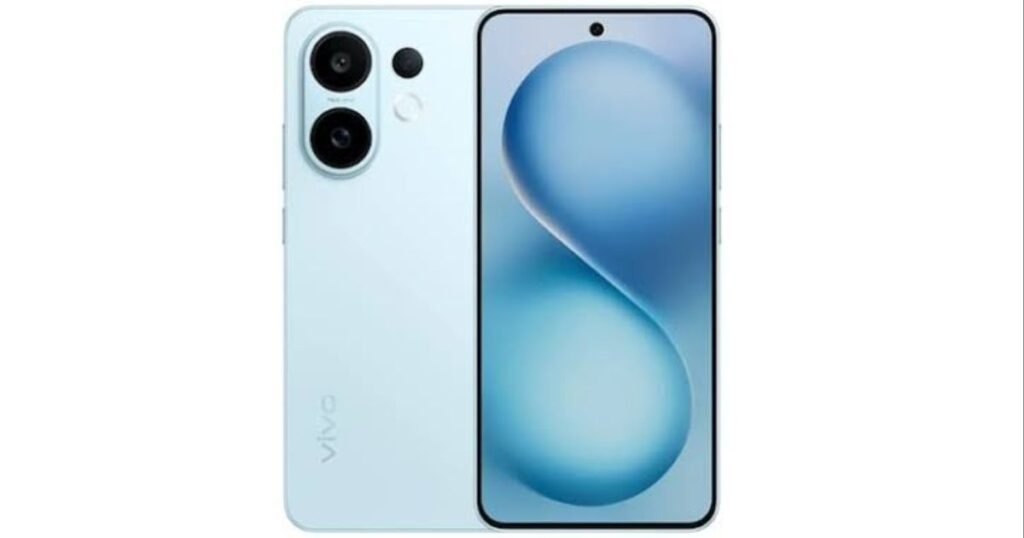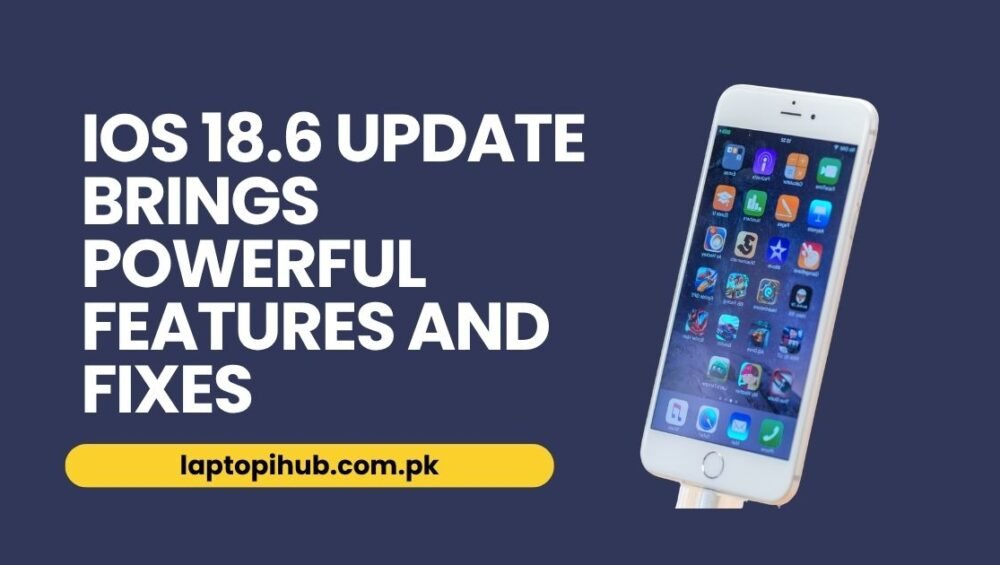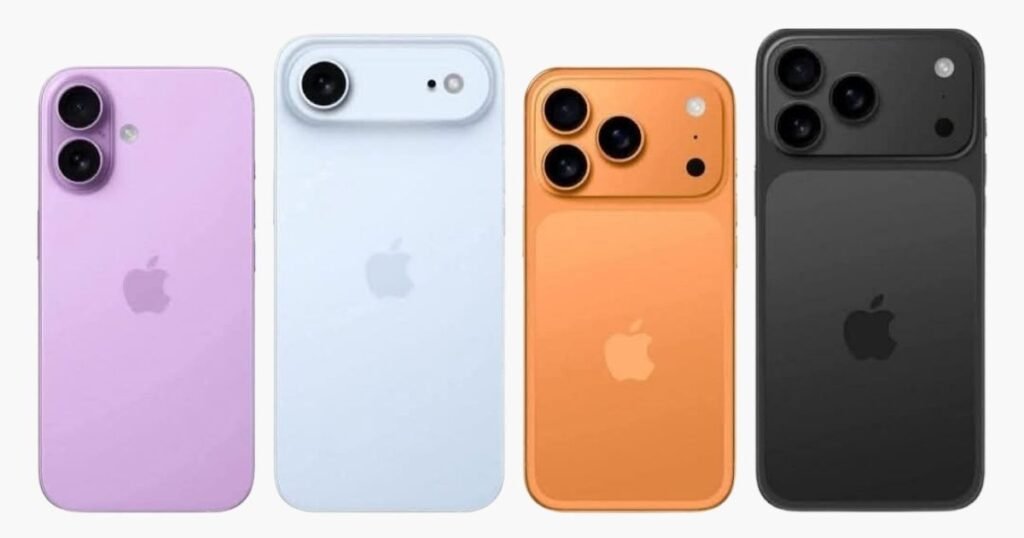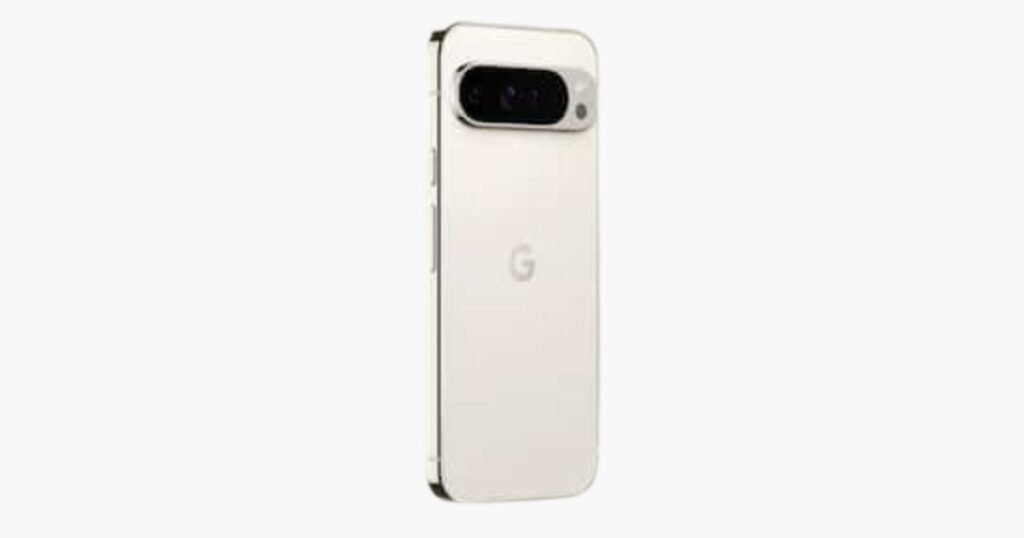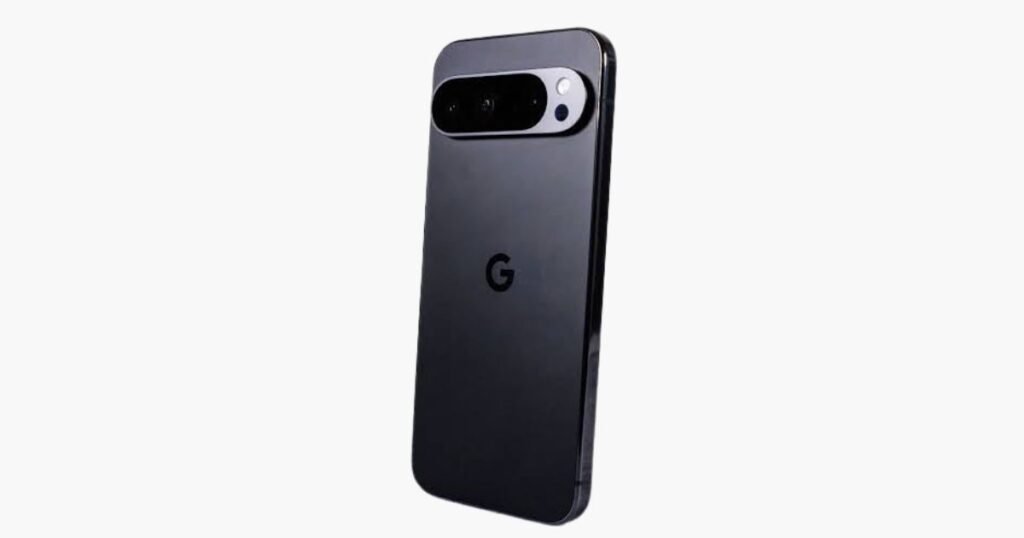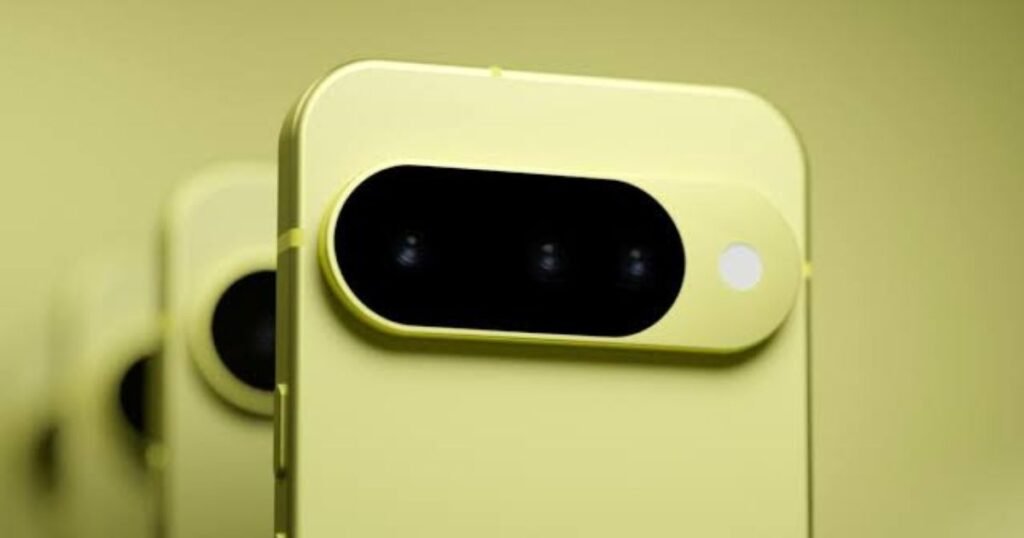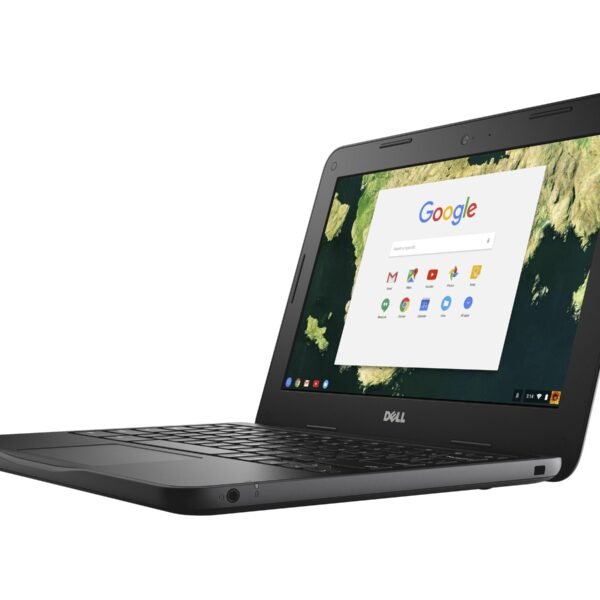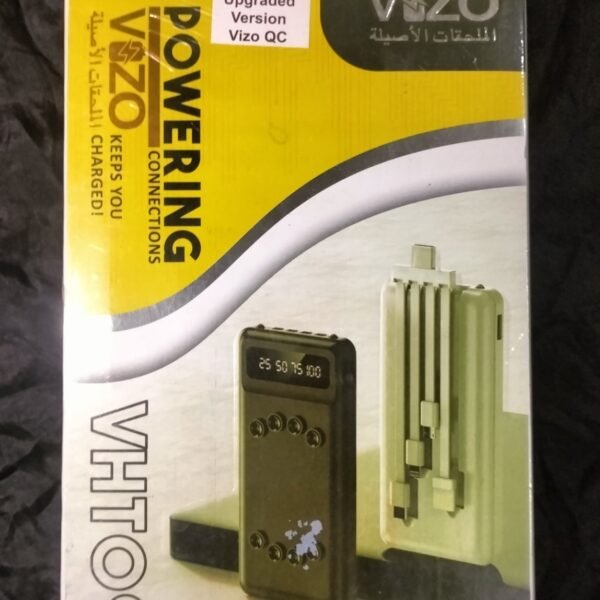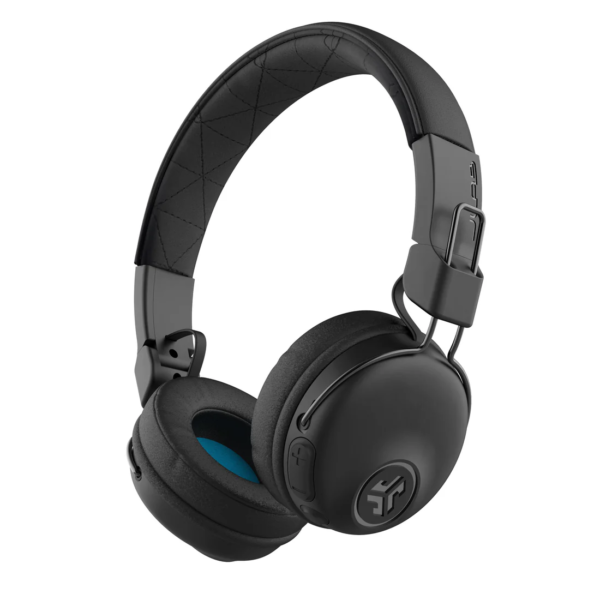Redmi Note 15 brings a sleek design, 120Hz OLED, powerful performance, and long battery life at an affordable price.
Introduction to Redmi Note 15
The Redmi Note series has always been about delivering the most value for your money, and the Redmi Note 15 is no exception. It aims to bring a flagship-like experience at a budget-friendly price, making it an attractive option for people who want style, performance, and battery life without breaking the bank. If you’ve been waiting for a phone that balances all the essentials without unnecessary gimmicks, this model might just win you over.
First Impressions
At first glance, the Redmi Note 15 looks modern and premium. It carries a sleek design with flat edges, which makes it look more expensive than it actually is. The phone is slim, light in the hand, and has a comfortable grip. From unboxing to setup, the device feels smooth and polished, giving you the impression that Xiaomi really thought about both form and function this time.
Design and Build Quality
Sleekness and Weight
The Note 15 is only 7.35 mm thick, which is pretty impressive considering the massive battery tucked inside. The back panel has a matte finish that resists fingerprints, making it practical for daily use.
In-Hand Feel
Holding the phone feels natural. It’s not bulky or slippery, which is something many large-battery phones struggle with. The design keeps a perfect balance between elegance and comfort, which is exactly what users want when they’re on the go.
Display Experience
120Hz OLED Magic
One of the best features of the Redmi Note 15 is its gorgeous 6.77-inch OLED display with a 120Hz refresh rate. Scrolling feels like gliding on ice, animations are smooth, and videos look incredibly sharp. It’s a display that brings out the best in your favorite apps, games, and movies.
Brightness and Colors
The colors are vibrant, blacks are deep, and contrast is beautiful. Watching content on Netflix or YouTube feels immersive, and gaming becomes much more enjoyable thanks to the fluid screen response.
Performance Overview
Everyday Usage
Powered by the Snapdragon 6 Gen 3 processor, the Redmi Note 15 is built to handle everyday tasks with ease. From checking emails and browsing social media to streaming videos and running productivity apps, the phone delivers a lag-free experience.
Snapdragon Power
This chipset isn’t just good on paper. It’s optimized for consistent performance, meaning you won’t face stutters or slowdowns even if you’re juggling between multiple apps.
Gaming Performance
Casual vs Heavy Gaming
If you’re into casual games, the Redmi Note 15 runs them effortlessly. Titles like Subway Surfers, Clash of Clans, or racing games feel super smooth. When it comes to heavy games like PUBG or Call of Duty, the phone can handle them at decent graphics settings, though it won’t give you the same ultra-high performance as the Pro+ variant.
Heat and Stability
Thermals are well-managed. The phone doesn’t overheat during long gaming sessions, which is impressive given its slim design. This makes it a reliable option for gaming on the go.
Software Experience
HyperOS Features
The Redmi Note 15 runs on HyperOS, Xiaomi’s latest software based on Android. It feels cleaner, more efficient, and has faster animations compared to previous versions. Everyday use is fluid, and the software complements the hardware nicely.
Customization Options
HyperOS continues Redmi’s tradition of giving users tons of customization features. You can tweak themes, icons, wallpapers, and even lock screen styles, making the phone truly feel like your own.
Camera Setup
Rear Camera Capabilities
The star of the show is the 50 MP Sony LYT-400 sensor on the back. It’s paired with a depth sensor that helps create portrait shots with solid background blur. The design keeps things simple—no unnecessary lenses, just hardware that actually works.
Selfie Camera Quality
On the front, you get an 8 MP selfie camera that performs well for video calls and casual selfies. It may not compete with flagship selfie shooters, but it gets the job done and keeps things natural.
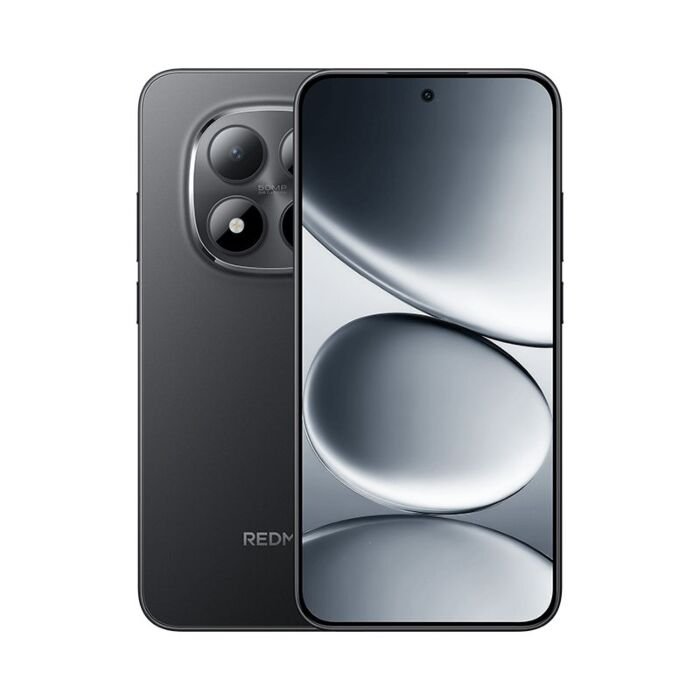
Photo and Video Quality
Daylight Performance
In bright light, the Redmi Note 15’s photos come out crisp and detailed. Colors look lively without being oversaturated, which means you won’t need to edit much before sharing.
Low Light and Night Shots
When the lights go down, the camera still manages to capture usable photos. The night mode brings in more light and reduces noise, ensuring your night-outs or candlelit dinners are documented well.
Video Stability
Videos shot with the main camera are steady and clear, making it ideal for social media uploads. Whether it’s vlogging or capturing a quick moment, you’ll be satisfied with the results.
Battery Life
Big Battery Advantage
The 5,800 mAh battery is a game-changer. You can go through an entire day of heavy usage—streaming, gaming, browsing, and social media—and still have juice left at night.
Charging Speed
When you finally need to charge, the 45W fast charging steps in. Within a short coffee break, you can bring the phone back to life, which is perfect for busy schedules.
Connectivity and Features
5G and Daily Essentials
The phone supports 5G connectivity, making sure you’re ready for faster networks as they roll out in more regions. Standard features like Wi-Fi, Bluetooth, and dual SIM support are also there, ensuring nothing is left behind.
Extra Features
Redmi keeps things practical by including a side-mounted fingerprint sensor and even an IR blaster, which lets you control TVs and other gadgets. Small details like these make daily life easier.
Durability and IP Rating
The Redmi Note 15 comes with an IP66 rating, giving it resistance against dust and splashes. While you shouldn’t be swimming with it, you won’t have to panic if it faces a little rain or dust storm.
Storage and RAM Options
The device is offered in multiple variants, starting with 6 GB of RAM and 128 GB of storage. Higher versions go up to 12 GB RAM and 256 GB storage. With these options, you can pick one that fits your usage style and budget without worrying about running out of space.
Price and Availability
Pricing for the Redmi Note 15 starts at an affordable range in its launch markets, making it one of the most accessible phones with a 120Hz OLED and a huge battery. Global release details are expected soon, but if it follows Redmi’s usual trend, it will roll out across Asia and Europe before heading elsewhere.
Redmi Note 15 vs Note 15 Pro vs Pro+
The standard Redmi Note 15 is all about balance. It’s slim, has a solid camera, and offers great battery life. The Note 15 Pro, on the other hand, adds a brighter display, more power, and an even bigger battery. The Note 15 Pro+ is the most advanced, with a stronger processor, extra durability, and enhanced cameras. Choosing between them depends on whether you want an affordable all-rounder, a more performance-focused option, or the ultimate premium model.
Who Should Buy the Redmi Note 15
This phone is perfect for students, casual users, and people who want a reliable daily driver that won’t die in the middle of the day. It’s also a great choice if you love streaming shows or scrolling social media, thanks to its bright display and large battery. If you’re a hardcore gamer or a camera enthusiast, you might lean toward the Pro+ version, but for most users, the base model hits the sweet spot.
Pros and Cons in Real Use
The biggest strengths of the Redmi Note 15 are its slim design, long battery life, smooth OLED display, and reliable performance. The camera is good, though not groundbreaking, and the charging speed, while fast, could be even faster compared to rivals. Still, given the price, the package is hard to beat.
Conclusion
The Redmi Note 15 stands as a reminder that you don’t need to spend a fortune for a solid smartphone experience. It balances performance, battery, display quality, and design in a way that fits the needs of everyday users. Whether you’re a student, a casual gamer, or someone who just wants a dependable phone that lasts all day, the Redmi Note 15 is a smart choice that delivers far more than it costs.
FAQs
Q1: Does the Redmi Note 15 support 5G?
Yes, it comes with 5G support, ensuring faster data speeds where networks are available.
Q2: How long does the battery last on a single charge?
With its 5,800 mAh battery, you can expect a full day and even more under moderate use.
Q3: Can the Redmi Note 15 handle heavy games?
Yes, it can run heavy games like PUBG and Call of Duty at medium to high settings without major issues.
Q4: Is the Redmi Note 15 water-resistant?
It has an IP66 rating, which protects it from dust and splashes, but it’s not fully waterproof.
Q5: When will the Redmi Note 15 be available globally?
Currently, it is launched in select markets, with global availability expected soon.

